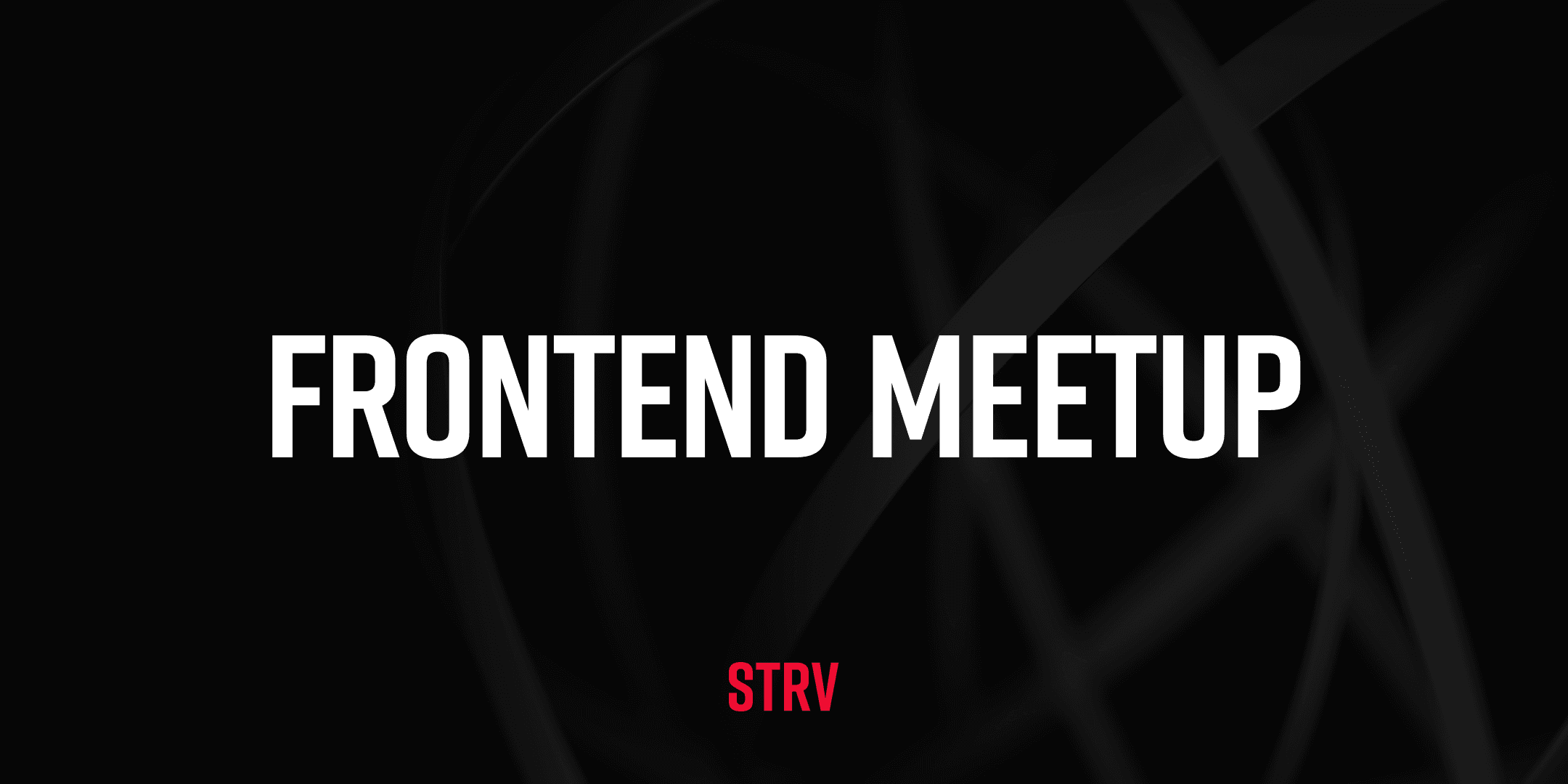It has been more than three years since STRV designer Ales Nesetril joined the awesome Behance community of designers and creative types. He now wants to share his knowledge to help other designers improve how they build Behance case studies.
He wrote down eight of the most important tips based on his own experience after publishing more than 15 projects and the observations he made as a member of the community. Let's jump straight into them now.
1. A Good Case Study Takes Time##
Don't expect to finish your next project over night if you plan to go big. I tried it myself and failed. Multiple times. Usually I got lost in the content, because I wanted to try so many ideas at once, but they never played well together. I ended up with sleepless nights thinking about what I should do first and how the final version will look. Try to take small steps instead. And you'll not be scared of the big steps later on.
If you really want to show your work properly try to approach your case study more responsibly. Don't do it just because you have to show something quickly. You'll miss an opportunity. I often compare building a case study to designing the whole project all over again. I mean seriously:
- Start with research/inspiration
- Select content you want to show/highlight
- Sketch a few layouts or structure on paper
- Create a wireframe
- Work with the final designs and play with it's visual presence
- Plan your publication (plan your own small social media campaign)
- Maximize the reach (additional blog post/article/unused parts…)
2. Combine Multiple Media Formats##
You don’t necessary need to show just final screens from your app or all subpages. You can combine everything together and try to tell the story of how your project was built. Use first sketches, “making of” videos, GIF animations, unused experiments, even internal documents, reports, research data, behind the scenes photos and so on. Just anything that has some value for other designers to show your process.
“Everyone is super curious and want to know how the hell you designed this thing. Give them what they want. Get them inspired for their next project.”
Continue to Medium.com article to read all 8 tips...
PS: Don't forget to follow STRV design team on Behance!




